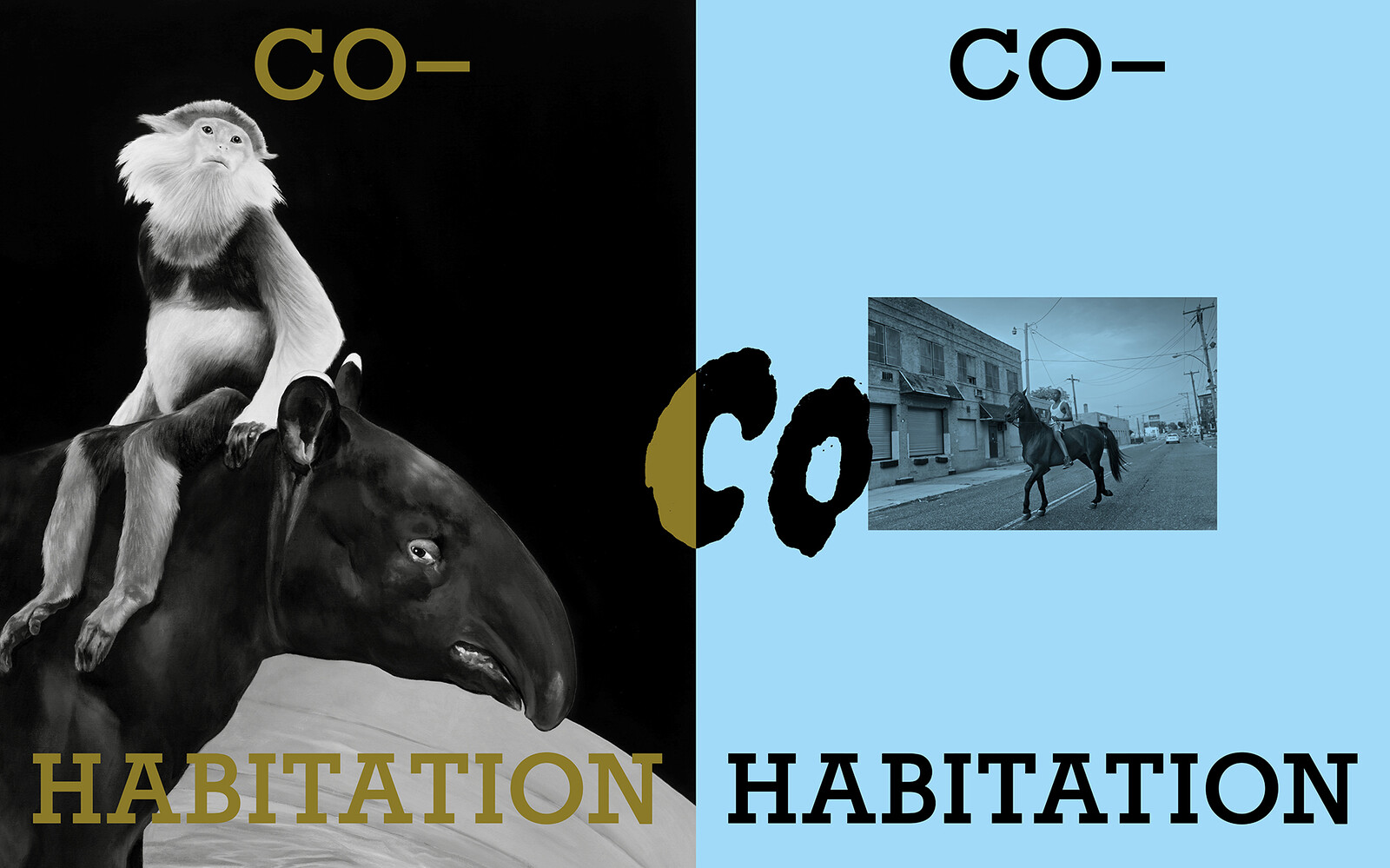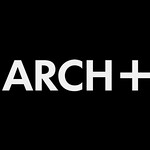June 5–July 4, 2021
Gerichtstraße 35
13347 Berlin
Germany
Artists (among others): Animali Domestici; Ant Farm & WORKac; Sammy Baloji; Issa Diabaté; Marcel Broodthaers; Carson Chan; Theo Deutinger; Cyprien Gaillard; Candida Höfer; Ina Hsu; Ann Sophie Lindström; Yan Wang Preston; Ben Rivers; Sunaura Taylor, Urban Fauna Lab
Cities have never belonged only to humans, non-humans have always been city dwellers, too. Parks, cemeteries, wastelands, overgrown ruins, building sites, and the city’s multilayered architecture itself offer good living conditions for many species. Currently, the migration of animals to cities is increasing worldwide. One of the reasons is that the food supply in cities is often better than in rural areas dominated by the monocultures of the agricultural industry. At the same time, since the beginning of the modern era, urbanization has led to the massive consumption of natural resources and extensive land take, contributing significantly to climate change and the extinction of species. In the search for ways out of the ecological crisis, we need to confront the central yet ambivalent role of cities as spaces of cohabitation.
It is time to recognize non-human species as urban agents and to develop new approaches that integrate them into design practice and spatial production. In addition to urban questions, Cohabitation also addresses urgent political issues. The plundering of nature leads to global chains of exploitation and injustice among non-humans and humans alike. Rethinking human-non-human relations therefore also means taking class and gender relations as well as racism into account. Only then can we reimagine how to live together in solidarity in future urban societies.
Cohabitation is centered around three key perspectives:
Anthropocity
At the end of the 19th century, the hygiene discourse and housing reforms put an end to the close urban relationship between working people and animals. The ascending bourgeois family, with its practice of keeping pets, led to persisting hierarchy of the cherished pet, the farm animal as a commodity, and the wild animal as a representative of untamed nature. The urban wild animal, however, fell through the cracks and was even considered “degenerate” by some. “Cohabitation” argues for accepting the agency of non-humans in urban space to overcome the anthropocentric city.
Ecocity
The vision of artificial environments and controllable ecosystems continue to shape our technical approach to solving the ecological crisis and climate change. Furthermore, the instrumentalization and capitalization of nature has also served to exercise power over people marked as “other.” A truly ecological city therefore must tackle the (interspecies) power relations instead of only green washing existing hierarchies.
Zoopolis
The recognition of non-human living beings as agents who actively shape the city can reveal new possibilities for designing an environment that transcends mere exploitation, speculation, and utilitarian thinking: an interspecies space that reflects the interdependence of humans, animals, and plants and that could lead to an expanded understanding of society and more livable cities for all.
Formats
Cohabitation Exhibition, with over 30 artistic and design positions. Opening: June 4, 6pm. Tue–Sun, June 5–July 4, 2021, silent green Kulturquartier.
Cohabitation Urban Explorations offer public tours of locations in Berlin where cohabitation is being actively practiced. First event: June 11, 2021, at Spreepark.
Cohabitation Discourse: Zoopolis Berlin is a series of talks and performances on themes and practices presented in the exhibition. First event: June 5, 2021, at silent green Kulturquartier.
Program and tickets available here.
Cohabitation is a project by ARCH+ in cooperation with silent green, funded by the German Federal Cultural Foundation. Support for the Cohabitation Urban Explorations comes from the German Federal Agency for Civic Education. Cohabitation Discourse: Zoopolis Berlin is funded by the Berlin Senate Department for Culture and Europe. Cooperation partners include: Goethe-Institut Côte d’Ivoire; Kunstraum Innsbruck; Museum für Naturkunde Berlin; Spreepark/Grün Berlin.
Artistic direction: Marion von Osten,* Christian Hiller, Alexandra Nehmer, Anh-Linh Ngo, Peter Spillmann
Team: Felix Hofmann, Friederike Kiko, Barbara Schindler, Jakob Walter, Linda Winkler, Franziska Zahl
Design: Modern Temperament/Oliver Klimpel, Till Sperrle
*Marion von Osten developed the concept with the curatorial team. She died in November 2020. This project is dedicated to her memory.








